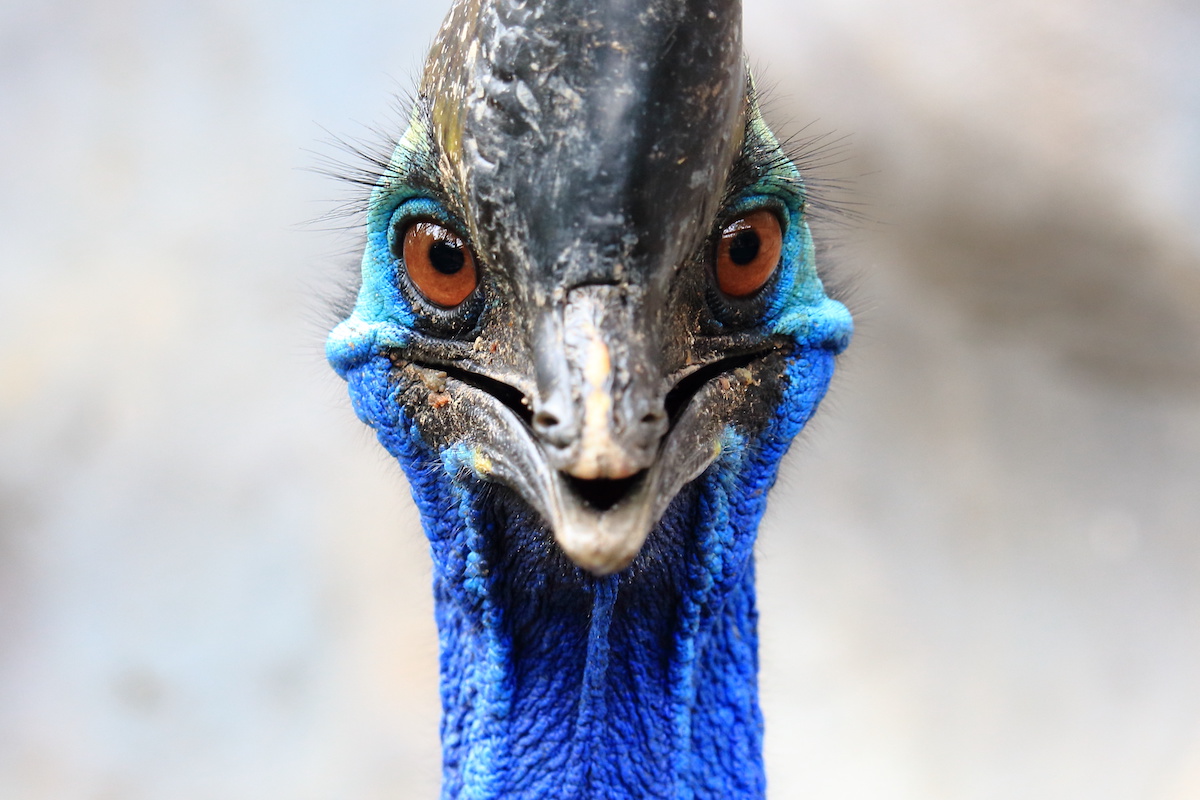animals
Tusks suddenly became a liability, even though in natural circumstances, tusks are very useful.
What was this mammoth tusk doing on the ocean floor 150 miles from land?
Life largely owes its existence to this equation. Be sure to hug your house plant today.
Pando, which is Latin for “I spread,” is a single organism spanning some 106 acres.
A new snake becomes Instagram famous after its accidental discovery by a graduate student going on a nature walk in northern India.
Forget little green men: These scientists say we should be more worried about little green germs.
The human brain makes a striking deviation from the normal building plan.
Missing link? More like the weakest link.
Despite the wide diversity of spider species, most orb-weavers seem to follow the same playbook when building their webs.
Social conflicts can leave molecular marks on animals, according to recent research on the ant species Harpegnathos saltator.
Virgin birth – which involves the development of an unfertilised egg – has preoccupied humans for aeons. And although it can’t happen in mammals, it does seem to be possible in […]
Although many dinosaurs never left the ground, they still possessed the basic structural framework for flight.
A 12-year study shows that these large lemurs have a sophisticated sense of rhythm.
The list includes eleven species of birds, eight species of freshwater mussels, two fish, a bat, and a plant from the mint family.
A recent discovery pushes back the date on when dinosaurs first engaged in social behavior.
Linguistic laws are remarkably versatile and have applications in ecology, microbiology, epidemiology, demographics, and geography.
Long assumed to be a devoted vegetarian, ancient sloths were fine with some meat.
The microscopic tardigrades are an elusive species. Fossils are rare, but each new find adds a piece to their unsolved evolutionary puzzle.
From forecasting stock prices to diagnosing disease, Swarm AI enables better group decisions.
A new study suggests that hunting dogs’ barks convey emotional information about the animals they see.
Often called modern-day dinosaurs, cassowaries are one of only a few birds known to have killed humans.
A female boar’s intelligence, resolve, and empathy stun researchers.
These animals to grow scalpel-sharp and precisely shaped tools that are resistant to breaking.
Yet another ocean monster has been discovered.
When you unintentionally step on a dog’s tail, does it know that it was an accident?
A recent study sheds light on the evolutionary history of rhinoceroses and their remarkably low levels of genetic diversity.
It walked enough miles to nearly circle the Earth twice.
MIT researchers design glue that mimics the sticky substance barnacles use to cling to rocks.
These enormous centipedes are straight out of science fiction.





























